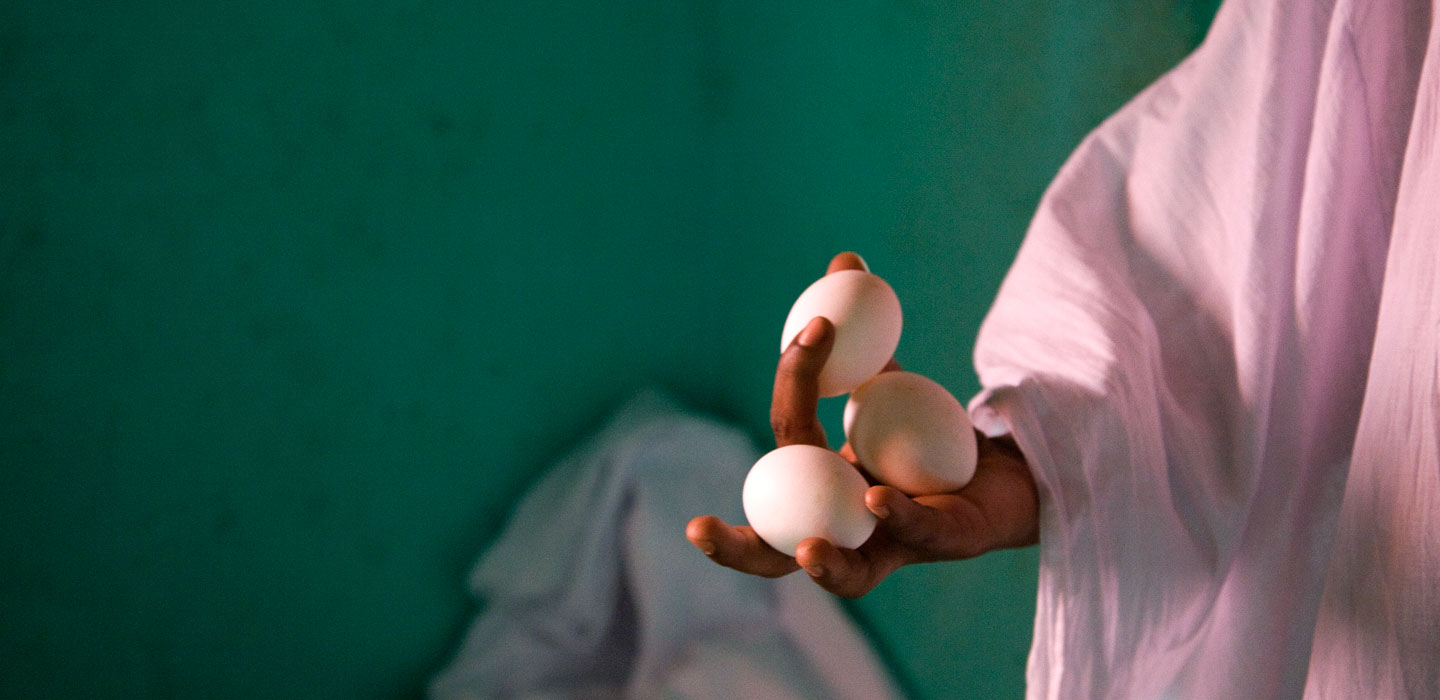Libros y Co-publicaciones
Informes y libros

Informes y libros
Visualización del menú
Search Results Filters
Resultados de la búsqueda
Transforming rural areas
noviembre 2015
Today more people live in cities than ever before, but we still depend on rural areas for our food. In the developing world, up to 80 per cent of food
is produced on small farms that are usually family-run. Yet it’s also true that 70 per cent of the world’s poorest people live in rural areas, where the lack
of opportunity is forcing many young rural people to leave their homes in search of work in overcrowded cities or abroad.
is produced on small farms that are usually family-run. Yet it’s also true that 70 per cent of the world’s poorest people live in rural areas, where the lack
of opportunity is forcing many young rural people to leave their homes in search of work in overcrowded cities or abroad.
The state of food insecurity in the world 2015
junio 2015
This year´s annual State of Food Insecurity in the World report takes stock of progress made towards achieving the internationally established hunger targets, and reflects on what needs to be done, as we transition to the new post-2015 Sustainable Development Agenda. United Nations member states have made two major commitments to tackle world hunger. The first was at the World Food Summit (WFS), in Rome in 1996, when 182 governments committed “... to eradicate hunger in all countries, with an immediate view to reducing the number of undernourished people to half their present level no later than 2015”. The second
was the formulation of the First Millennium Development Goal (MDG 1), established in 2000 by the United Nations members, which includes among its targets “cutting by half the proportion of people who suffer from hunger by 2015”.
In this report, we review progress made since 1990 for every country and region as well as for the world as a whole. First, the good news: overall, the commitment to halve the percentage of hungry people, that is, to reach the MDG 1c target, has been almost met at the global level. More importantly, 72 of the 129 countries monitored for progress have reached the MDG target, 29 of which have also reached the more ambitious WFS goal by at least halving the number of
undernourished people in their populations.
was the formulation of the First Millennium Development Goal (MDG 1), established in 2000 by the United Nations members, which includes among its targets “cutting by half the proportion of people who suffer from hunger by 2015”.
In this report, we review progress made since 1990 for every country and region as well as for the world as a whole. First, the good news: overall, the commitment to halve the percentage of hungry people, that is, to reach the MDG 1c target, has been almost met at the global level. More importantly, 72 of the 129 countries monitored for progress have reached the MDG target, 29 of which have also reached the more ambitious WFS goal by at least halving the number of
undernourished people in their populations.